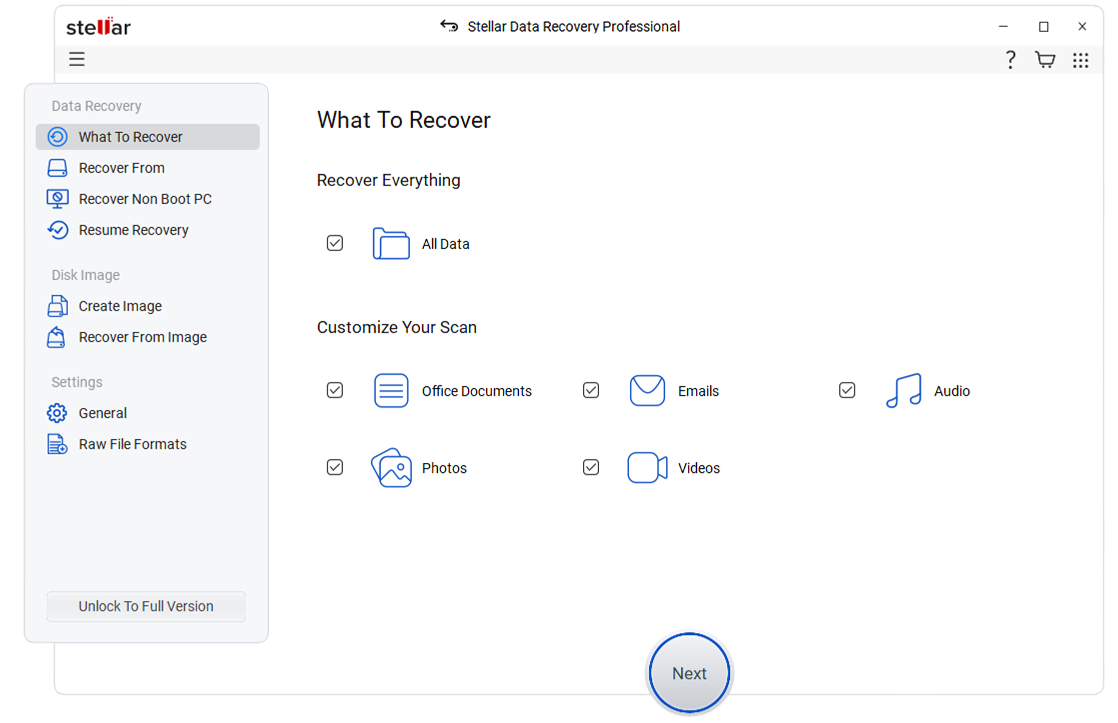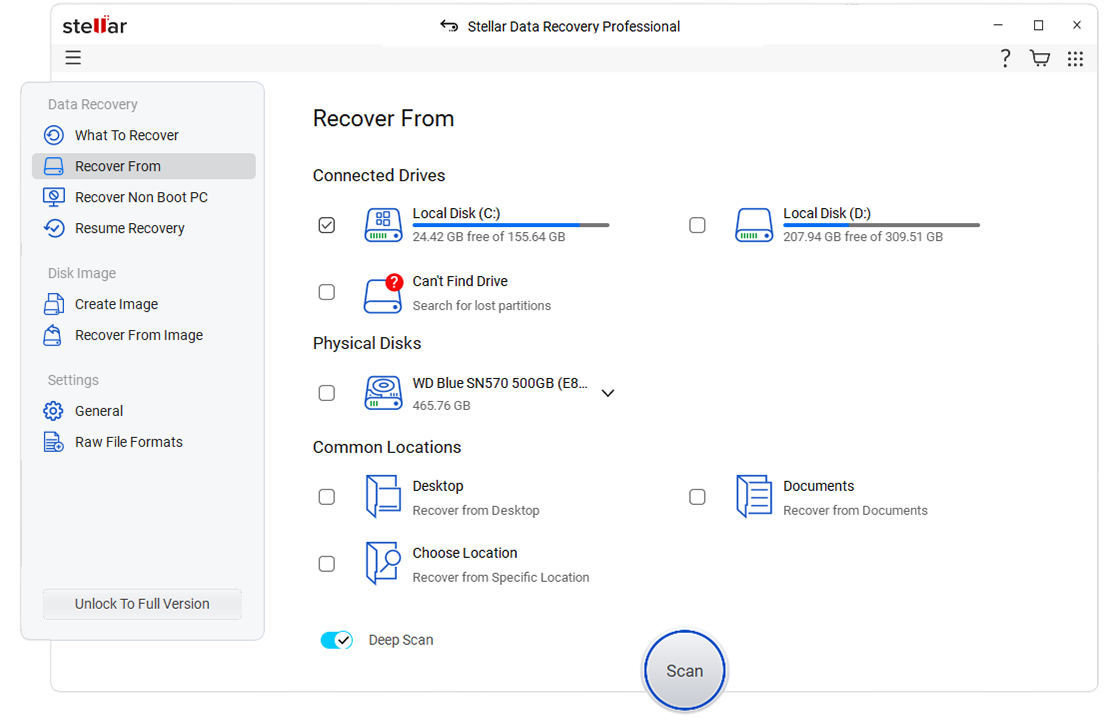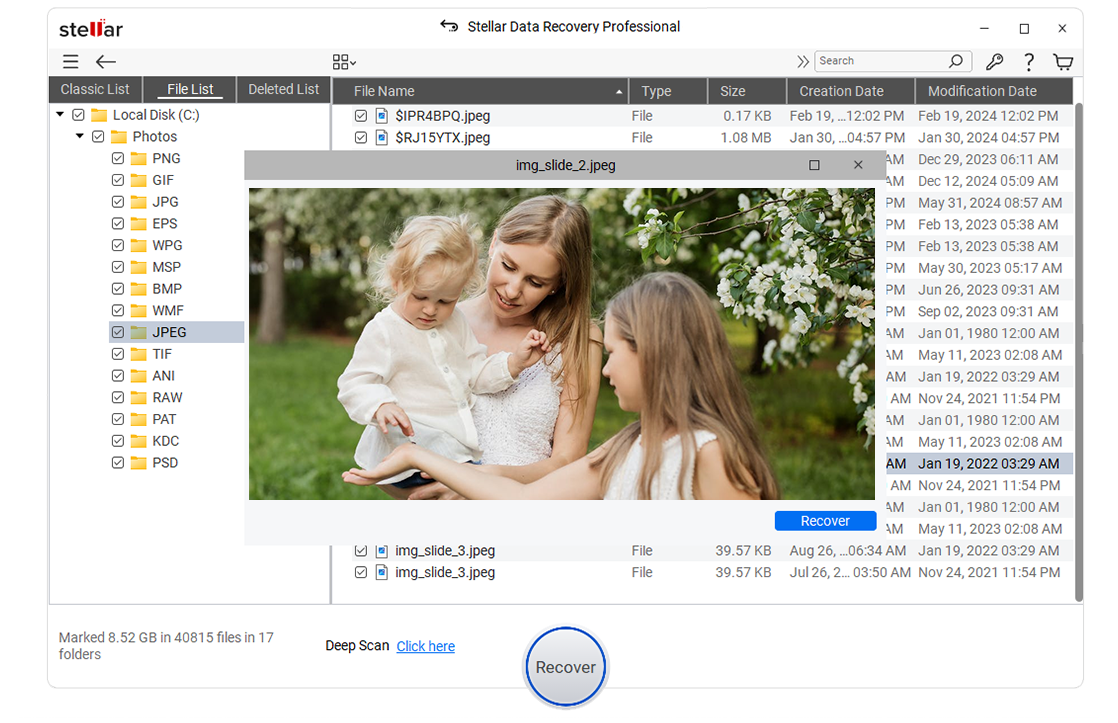Your computer’s internal or external hard disk may become corrupted, unreadable, or unavailable. Hard drive corruption is typically caused by sudden PC shutdown and connectivity issues, viruses, file system errors, or bad sectors. There are ways to fix a corrupted hard disk, whether an internal or external hard drive. The simplest technique to repair a corrupt hard disk is to format it, which will result in data loss.
If you prefer not to lose your data after formatting your drive, we will discuss a way to recover lost data. Let’s begin with the fundamentals without further ado: what is data corruption?
What is data corruption?
Hard drives serve as storage devices, with file information stored in them. Every operation or utility has a folder containing all the information required to perform a process effectively. Each folder has a specified location in the storage that covers utilities in a specific range.
Because your hard drives are extremely busy, folders are constantly opened and closed, and data is extracted and put back. You can see how information can be corrupted in this process.
How can I fix a Corrupted Hard Drive?
Formatting your hard drive is the first thing that might come to you might first and foremost, followed by the sudden realization of inevitable data loss.
While you may want to back up your files before formatting, there are ways to bring back your files after the format process is done. You might need to download a safe and secure professional data recovery software called Stellar Data Recovery Professional for Windows.
Stellar Data Recovery Professional for Windows is an effective answer to all of your data recovery needs. Apart from drive formatting, the software can successfully recover data in various loss scenarios.
Let’s first explain how you can format your hard disk, and then we can guide you through using the Stellar Data Recovery professional software.
To format your disk:
- Go to This PC or My Computer and right-click on the corrupted drive, and select Format.
- You’ll need to select the File system (Choose NTFS if the drive is internal and you only plan to use it with a Windows computer. Choose between FAT32 or exFAT if the drive is external.)
- Uncheck the Quick Format option and click Start.
To utilize Stellar Data Recovery Professional:

- Select the formatted drive and click Scan.

- Click Recover to save recovered data.

2. Run the CHKDSK scan
Windows has a command called Check Disk (CHKDSK) that may scan your hard drive and fix any issues it finds. You can use various options to modify it based on what you want the command to perform.
We’ll employ the /r parameter. This will correct any disk issues and look for bad sectors, marking them as unusable for storage.
- Right-click the Start menu and, in the Quick menu, select Windows PowerShell (Admin) or Terminal (Admin). If UAC prompts you to give access, click Yes.
- Type the following command and press Enter. Note that E: should be replaced with the drive letter of your hard disk.
chkdsk E: /r
- If your hard drive is over one terabyte, this command may take some time to complete.
3. Scan for Viruses
A virus infection can cause a corrupted hard drive. Running a scan with your antivirus software is an easy approach to see if this is the source of the problem. This will effectively resolve the issue and prevent additional corruption.
Scanning for viruses using Windows Defender:
- Search Windows Security in the Search box and select the best result.
- Click the Virus and Threat Protection button on the left pane of the newly opened window.
- Select the Quick Scan option.
- Windows Defender examines your computer and reports any issues it discovers.
4. Assign or change the Drive Letter
Without a drive letter, your operating system may have difficulty locating and accessing the hard drive. So, you can fix a corrupted hard drive resulting from this issue by assigning a new drive letter or modifying the existing one.
- Right-click the Start menu (the Windows logo) and select Disk Management.
- Choose Change Drive Letter and Paths after right-clicking the damaged partition.
- Click the Change button. If no drive letter is present, select Add instead.
- From the selection menu, select a drive letter. Select OK.
- Click OK once more.
5. Update or reinstall drivers
The OS and the hardware you use must establish and continue communicating, which is the responsibility of drivers. Your computer might not read the hard drive correctly if your drivers are corrupted or out-of-date. A damaged hard drive may only need to be updated or reinstalled.
- Right-click the Start menu (the Windows logo) and select Device Manager from the Quick menu.
- Expand the Disk drives menu and select your hard drive. Depending on your hard disk, the name will most likely be different. Select Update Driver.
- Select Search for drivers automatically. Otherwise, if you have the latest drivers, you can do this manually by clicking Browse my computer for drivers.
- If you don’t see driver updates, click Uninstall Device now. Once again, select Uninstall.
- Restart your computer, so the drivers are reinstalled automatically.
6. Run SFC & DISM
System File Check and DISM are two Windows features used in this method. To check for system file corruption and replace damaged system files with functional ones, use System File Check. This is what DISM also does, and it checks the file system’s integrity to ensure there is no leftover corruption.
So to fix a corrupted hard drive, follow the steps below:
- Right-click the Start menu and select Windows PowerShell (Admin) or Windows Terminal (Admin).
- Type sfc /scannow and press Enter.
- After that, type the following command and press Enter:
dism.exe /online /cleanup-image /restorehealth
Fix your corrupted hard disk without professional help!
When you hear the term “formatting,” you probably think of the negative effects that follow, such as having to start from scratch and dealing with data loss. However, this is not the case. Formatting your hard drive can be a solution rather than a disaster. This becomes clearer with Stellar Data Recovery Professional.
However, it is preferable to make a backup of your data for two reasons. First, you would be much more confident while trying the methods when fixing a corrupted hard drive because you know your data is safe if something goes wrong. Second, recovering from backups is significantly simpler than recovering from Data Recovery programs.
FAQ: